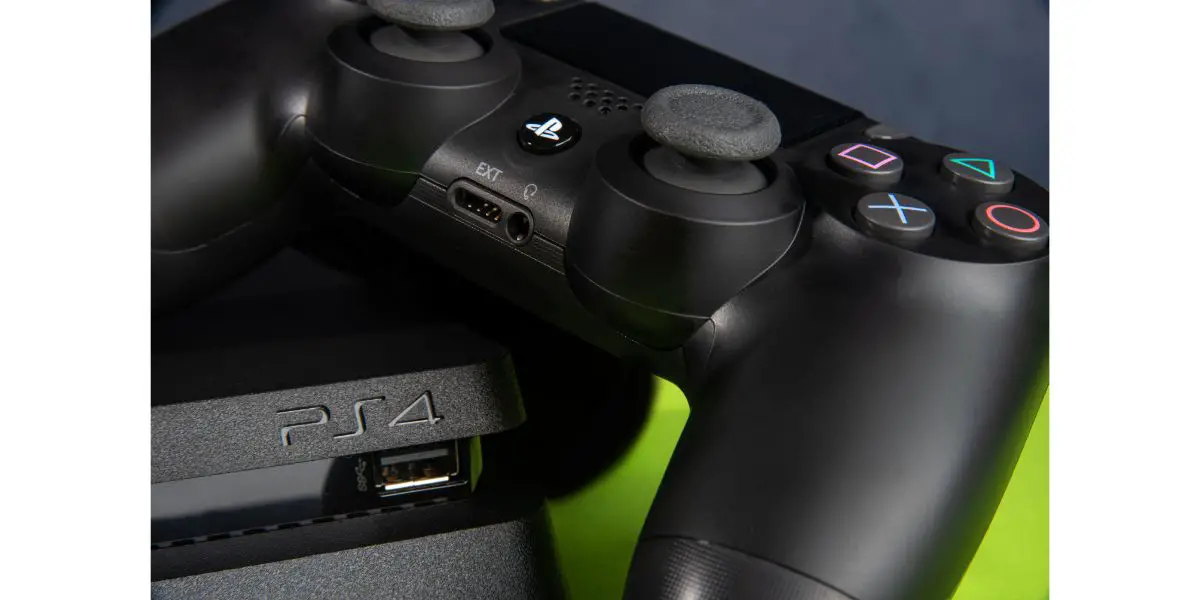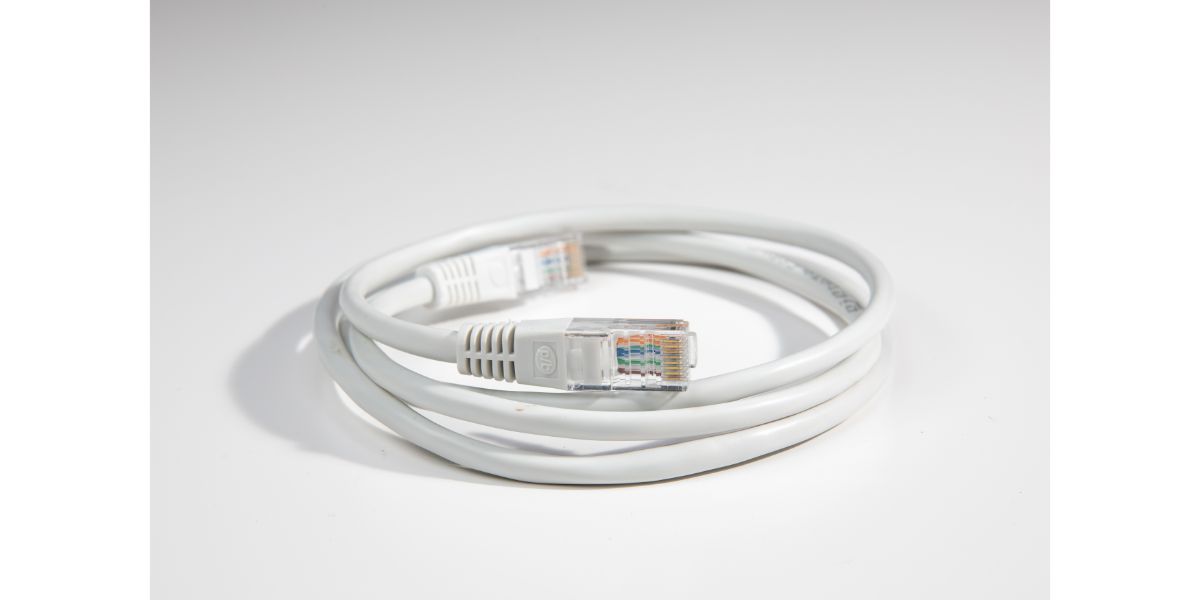Disclaimer: This post may contain affiliate links, meaning we get a small commission if you make a purchase through our links, at no cost to you. For more information, please visit our Disclaimer Page.
A slow Wi-Fi connection will surely throw a wrench into any gaming plans. If your PS4 has connection issues, we’re diving into the 6 possible causes and 10 ways to fix it. It’s time to get your console back in shape!
Table of Contents
6 Potential Ps4 Connection Issues
Here are the 6 top causes of connection issues regarding your PS4 Wi-Fi connection.
1. Interference/Blocking
Wi-Fi interference is radio interference between your router and device, disrupting the internet connection. Neighboring signals in the area could cause this.
Wi-Fi blocking occurs when a physical object obstructs your router and weakens your Wi-Fi broadcast. This tends to happen when your device is far from your router, such as in another room or floor.
2. Overloaded Connection
Router overload occurs when your router is dealing with too many tasks and connections simultaneously. If you are downloading large files on your computer while also streaming and gaming, so many devices connecting at once is bound to slow down your network’s speed.
3. Weak Connection
If you’ve finished troubleshooting your Wi-Fi and discovered you simply have a weak connection for all of your devices, it may be due to the choice of internet plan.
4. ISP Problem
Occasionally, the connection issue could be a problem with the internet service provider (ISP). Things like blackouts or operating issues occur from time to time, and you may need to reach out to them to resolve such problems.
5. PS4 Bug
Just like any electronic system, PS4s are also susceptible to bugs. These are often self-addressed during the next Sony automatic update.
6. Old Network Card
If your PS4 is on the older side, it could have an old network card that doesn’t support the speed offered by your internet provider. Unfortunately, old network cards can’t be replaced, so you’d have to upgrade to a new system.
10 Solutions to Ps4 Connection Issues
To get your gaming experience back up and running, here are the top 10 solutions to try out. We’ve started with the simplest and moved on to the most complicated; we suggest going through them one by one until the problem is resolved.
1. Reboot Your Router/Modem
Most often than not, Wi-Fi issues stem from the source – the router. Your router should have a Wi-Fi strength signal symbol to show its connection. If you notice that it’s weak or off, or that the Wi-Fi doesn’t connect to other devices, it’s time for a reboot.
Unplug your router/modem from the power source and wait around 30 seconds. Plug the modem in first, if you have one, and wait about two minutes until plugging in the router. Once all the lights are green, test the connection on your PS4.
2. Try a 5 GHz Network
Most routers broadcast both 2.4 GHz and 5 GHz signals, which will appear separately on any device’s Wi-Fi connection list. The 5 GHz network is faster and is usually used by fewer devices. If you have a PS4 Slim or Pro, try connecting it to the 5 GHz network.
3. Download Games in Rest Mode
If you’re having trouble with your Wi-Fi while downloading games to your PS4, consider doing so in rest mode. Rest mode keeps your PS4 operating at lower power consumption.
To set this up, go to Settings, Power Save Settings, Set Features Available in Rest Mode, and then check the box for Stay Connected to the Internet.
Once you’re ready to enter rest mode, select Power Options and then Enter Rest Mode.
4. Reposition Your Router
If you’ve already reset your router and have a strong internet connection on some devices but not others, your PS4 may be too far from the router.
There could also be something interfering with the signal, such as a physical object. Anything from building materials, such as your walls, to aquariums and other electronics can interrupt Wi-Fi signals.
If you can, place your router as close to your PS4 as you can and make sure it’s unobstructed. If you can’t get your router in the same room as your PS4, skip to solution #6.
5. Use a Wired Connection
If your router isn’t too far from your PS4, another option would be to use a wired connection. This will give your PS4 a direct connection to the internet and, essentially, the fastest internet speed it can get.
To connect your PS4, you’ll need an ethernet cable. These can be purchased for a few bucks at any electronics store or supermarket. Both ends of the cable are the same and are used to connect devices like PCs and gaming systems to network devices like routers.
Plug one end into the ethernet port on your PS4 and the other into your router. The connection may establish automatically.
Otherwise, head to your Settings, select Network, select Set Up Internet Connection, choose Use LAN Cable, and select Easy. Your PS4 may ask for your Wi-Fi password again.
6. Use a Wi-Fi Booster
Wi-Fi boosters do what their name implies – “boost,” or strengthen, your Wi-Fi signal to areas where the signal may be low. If you can’t move your router closer to your PS4, this may be a good alternative. You could choose between a Wi-Fi repeater or extender – both will boost your signal.
Most boosters plug into an outlet, automatically connect to your Wi-Fi, amplify it, and rebroadcast it. You won’t need to manually connect them.
While this may provide a stronger internet connection, note that some users experience slower download speeds when using a booster, but this happens on a case-by-case basis.
7. Disable PS4 Remote Play
The PS4 offers Remote Play, which lets you control your console remotely – usually from a phone or tablet. This means you can play your PS4 games on another device when you’re out or in another room.
Since this setting creates a mini-network to connect your PS4 to other devices, some users have found that disabling it speeds up their PS4’s performance. To do so, go to Settings, Remote Play Connection Settings, and then uncheck the Enable Remote Play box.
8. Change DNS Setting
Whenever you download a game on your PS4, the system looks up the server hosting it through a service called the Domain Name System (DNS). If this system is slow, so will your PS4 download time and gaming experience.
By changing your DNS, you are testing other DNSs that connect to the server more quickly. Whether or not you have faster DNS options in your area depends on where you’re located geographically, your bandwidth, and other activity on your line.
To try this out, go to Settings on your PS4, choose Network Settings, Wi-Fi, CUSTOM, connect to your home Wi-Fi, and select the automatic options until you see the DNS screen.
Then, choose Manual and enter 1.1.1.1. as the primary DNS and 1.0.0.1 as the secondary. If this doesn’t work, try 8.8.8.8. as the primary and 8.8.4.4. as the secondary.
9. Change MTU Setting
Most internet connections have a maximum transmission unity (MTU) size of 1492, 1500, or similar. This determines the largest packet size of information that can move through your network. If you send something larger – like a big download – it will get cut into two packets and take longer to send.
Most connections are set up at 1492. By changing them to 1468 or 1450, you eliminate the overhead that could be slowing down your gaming system. You can change this under your Wi-Fi’s advanced settings on your PC, tablet, or laptop.
10. Disable 802.11N
Your internet disperses different network bands, or ranges of frequencies, that can reach different electronic devices. Users have found that by disabling their 802.11n band – if it’s on to begin with – they get a clearer connection to the PS4.
Note that disabling this band could mean you disconnect other devices from your Wi-Fi, so be conscious of this and consider reconnecting it after you’re done gaming.
The Last Resort
If your PS4 is lagging because of an old network card, there is a problem with your ISP, or you’re experiencing a hardware issue on your console, the options above may not provide a solution. In this case, you’ll need to reach out to professionals to finish troubleshooting your device.
First, consider your PS4 model. If it is one of the older models, the network card may not have the capacity to run any faster. Be sure it’s kept dust-free and the memory is cleared out now and again to extend your console’s lifespan.
Next, reach out to your ISP to ensure your internet connection is in tip-top shape.
Finally, contact PlayStation Support or take your console to a tech repair shop for a detailed diagnosis.
Final Thoughts
If your PS4 is falling behind when it comes to its Wi-Fi connection, troubleshoot the router followed by toggling with your connection settings. If you’ve tried everything to no avail, consider contacting PlayStation Support or your local tech shop for a more detailed approach.


